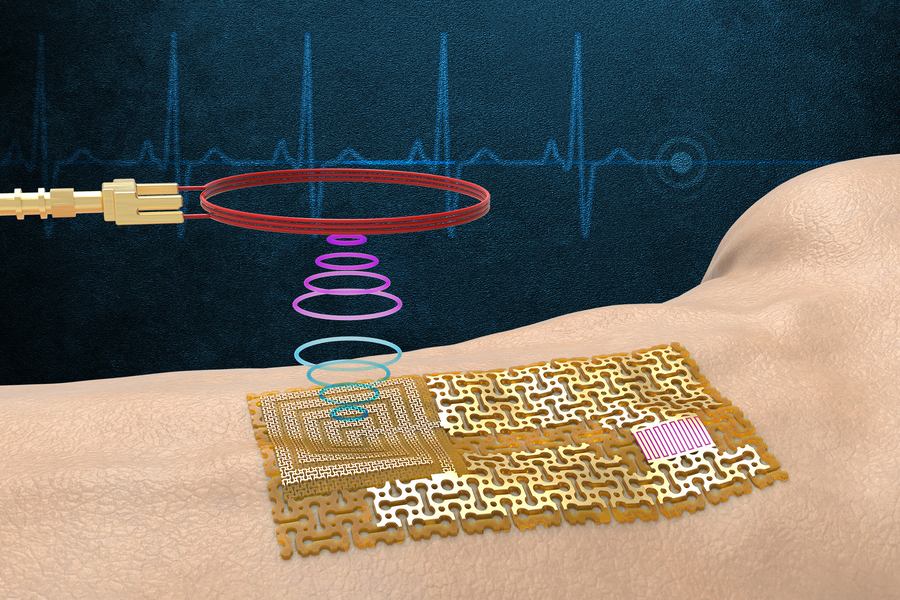2022-08-10 マサチューセッツ工科大学(MIT)

・ MIT が、3D プリントで作製する構造体にセンシング機能を統合する技術を開発。
・ アーキテクテッド・マテリアルの一つである格子構造へのセンサー統合に着目。同材料は、その形状や組成の制御で機械特性を変えられる特殊な性質をもつが、密度の低さや複雑な形状によりセンサー統合が難しい。また、外付けのセンサーでは、変形等の情報の完全なフィードバックが得られない場合がある。
・ 新技術では、樹脂槽から徐々に構造体を積層して紫外線照射で硬化する、デジタルライトプロセッシング(DLP)による 3D プリント技術を利用。格子構造の 3D プリント作製時に空気を充填したチャネル
のネットワークを作り込み、「純流体センサー」を統合する。完成した構造体を捻ったり引き延ばしたり
した際のチャネル内の圧力の変化を測定することで、構造体の挙動のフィードバックが得られる。
・ DLP3D プリンティング手法で格子構造を数パターン作製し、それらを捻る、折り曲げることで、空気
を充填したチャネルが明瞭なフィードバックを提供することを 1 種類の材料のみで実証した。
・ また、ソフトロボットに向けて開発された新種類の材料である HSAs(handed shearing auxetics)へのセンサー統合も実証。同材料は、捻り・引き伸ばしが同時にできるため、電動ソフトロボットアクチュエーターとして利用できるが、構造が複雑でセンサー機能の付与が難しい。
・ 3D プリント作製した HSA ソフトロボットによる 18 時間超の複数の挙動(捻り、折り曲げ、引き伸ばし等)のセンサーデータを利用したニューラル・ネットワークの訓練において、センサーからの正確な信号の送信を確認した。
・ 自己の姿勢や挙動を認識するソフトソフトロボットや、新しいヒューマン・マシーンインターフェイス、
内部構造にセンシング機能を備えたソフトデバイス等の新しいアプリケーションが期待できる。機械学習を利用した触覚センサー開発も視野に入れる。
・ 本研究は、米国立科学財団(NSF)、Rhodes Trust との提携による Schmidt Science Fellows プログラム、NSF Graduate Fellowship(GRFP)およびヘルツ財団が支援した。
URL: https://news.mit.edu/2022/materials-sense-movements-0810
<NEDO海外技術情報より>
関連情報
Science Advances 掲載論文(フルテキスト)
Fluidic innervation sensorizes structures from a single build material
URL: https://www.science.org/doi/10.1126/sciadv.abq4385




